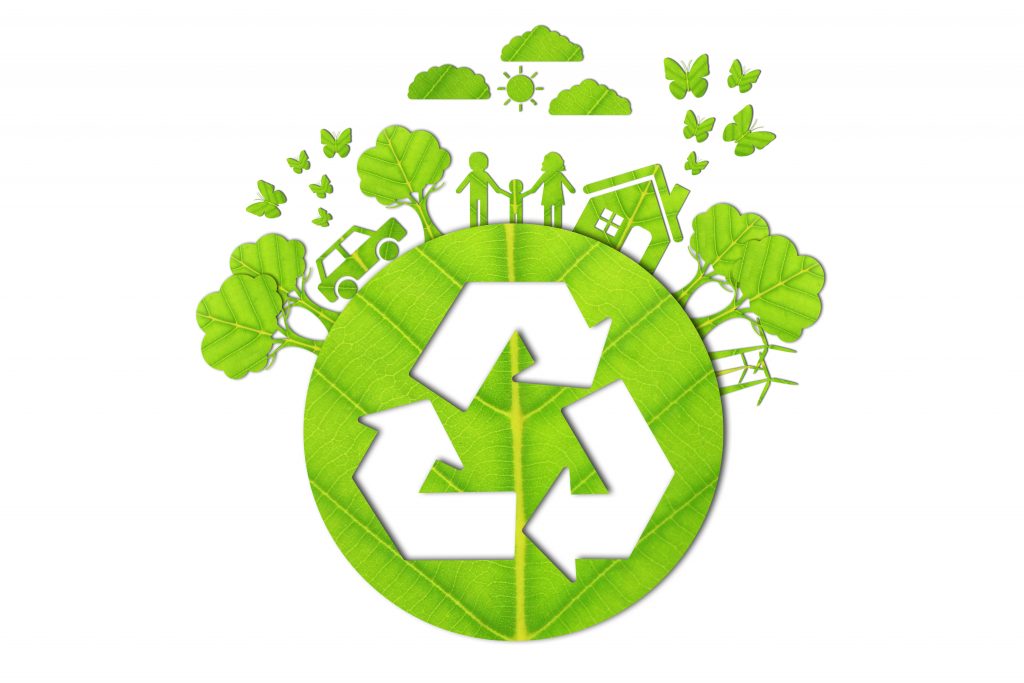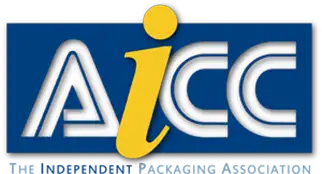Everything has a lifecycle. Cardboard and corrugated packaging do as well, and they are everywhere. They are among the most frequently used materials around the globe. Here in the United States, it is estimated that as much as 80% of the food and products sold in the United States are packaged in cardboard and corrugated, which amounts to approximately 100 billion boxes used per year.
And there’s great news.
It gets recycled, and it lives to serve another purpose.
HERO!
Industry experts estimate that recycling just one ton of cardboard can save 17 trees, 6.6 million BTUs of energy and 7,000 gallons of water – not to mention oil, electricity and precious landfill space. So, what exactly happens during the cardboard recycling process that makes such a significant impact? Here is a summary of the recurring life cycle of a cardboard box:
- Phase 1: Used cardboard is placed in recycling bins
- Phase 2: Cardboard is cleaned, shredded and pulped
- Phase 3: Pulp is mixed with virgin fibers and dries into sheets
- Phase 4: Recycled cardboard is ready for reuse
Phase 1: IT GETS PLACED IN RECYCLING BINS BY CONSUMERS ALL OVER THE GLOBE WHO CARE ABOUT MOTHER EARTH.
Phase 2: CARDBOARD IS CLEANED, SHREDDED AND PULPED
Once a paper mill receives the cardboard, they will place it through a thorough cleaning. The boxes will be shredded, then soaked in water and a chemical solution to break them down into “pulp.” This pulped material also undergoes additional cleaning for removal of contaminants such as tape, glue, staples and ink. You can read more about the pulping process here.
Phase 3: PULP IS MIXED WITH VIRGIN FIBERS AND DRIES INTO SHEETS
The next step in the lifecycle of a cardboard box is the mixing and drying process. Once the cardboard is in a cleaned pulp state, it’s mixed with virgin fibers and dries in long rolls of solid sheets on a flat conveyor belt. Once dry, the sheets might be glued together in layers, sent through a metal rolling machine to add ridges, or shipped to boxboard manufacturers for finishing touches, like shaping and creasing. Check out some cool facts about virgin fibers here.
Phase 4: RECYCLED CARDBOARD IS READY FOR REUSE
Once the finishing is complete, the recycled cardboard arrives at retailers, grocery stores and at your doorstep with online deliveries.
Every time cardboard undergoes recycling, the fibers become weaker. For this reason, cardboard can only sustain this process up to 8 times. Next time you see a cardboard box, consider reusing the material to store items in your home or use these other cardboard repurposing solutions to extend its life instead of discarding it after you unwrap your package. Toss it into your recycling bin when it is worn past the point of usability so it can undergo another round of this cardboard recycling process.
So now you know. It might not be the nine lives of a cat, but your corrugated box lives many lives, serves many purposes, and helps us all care for the planet a little more.





